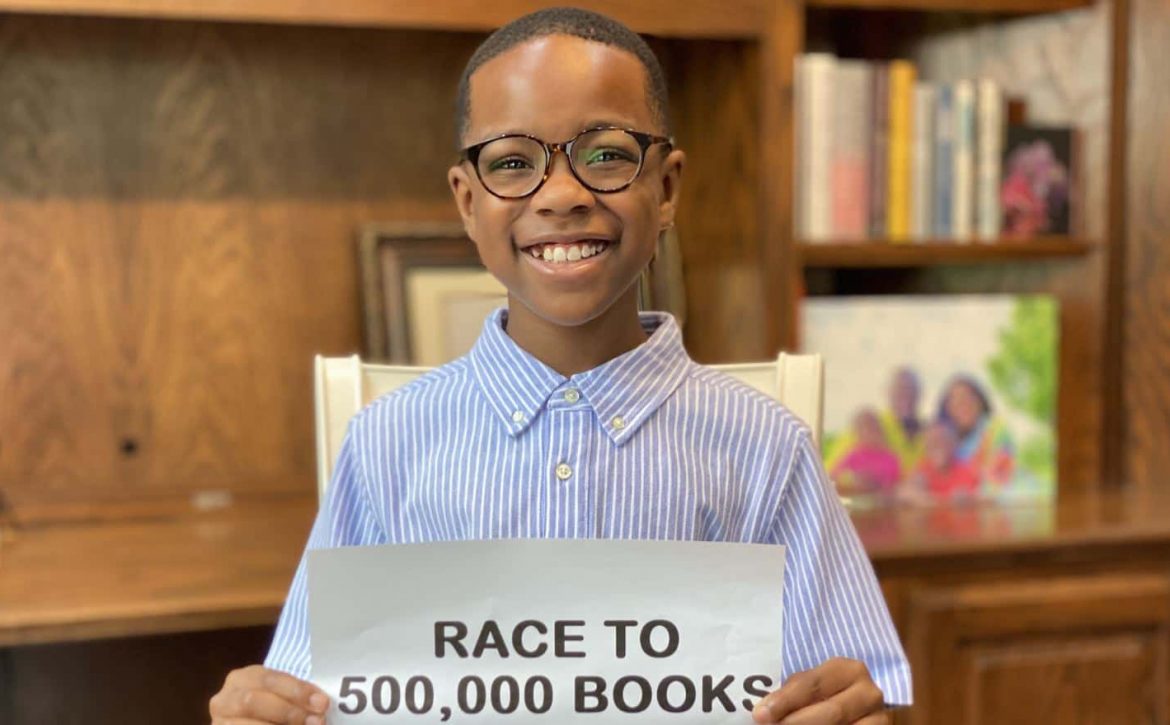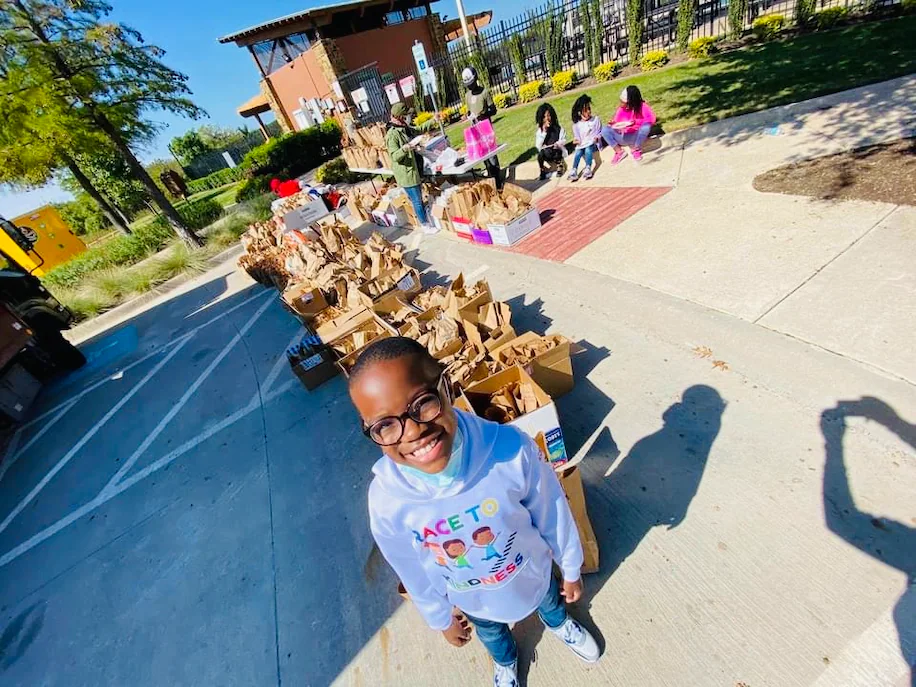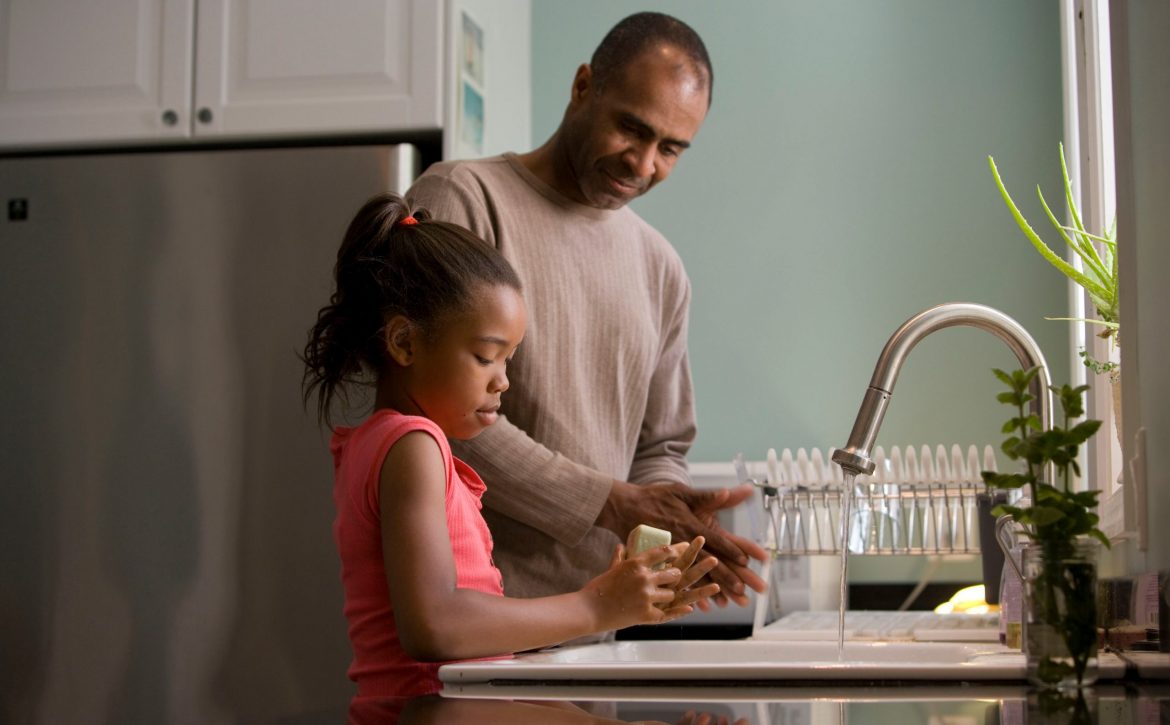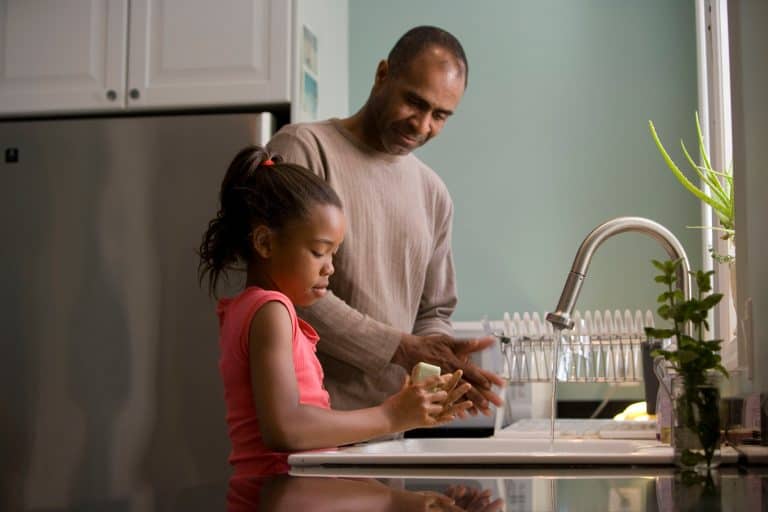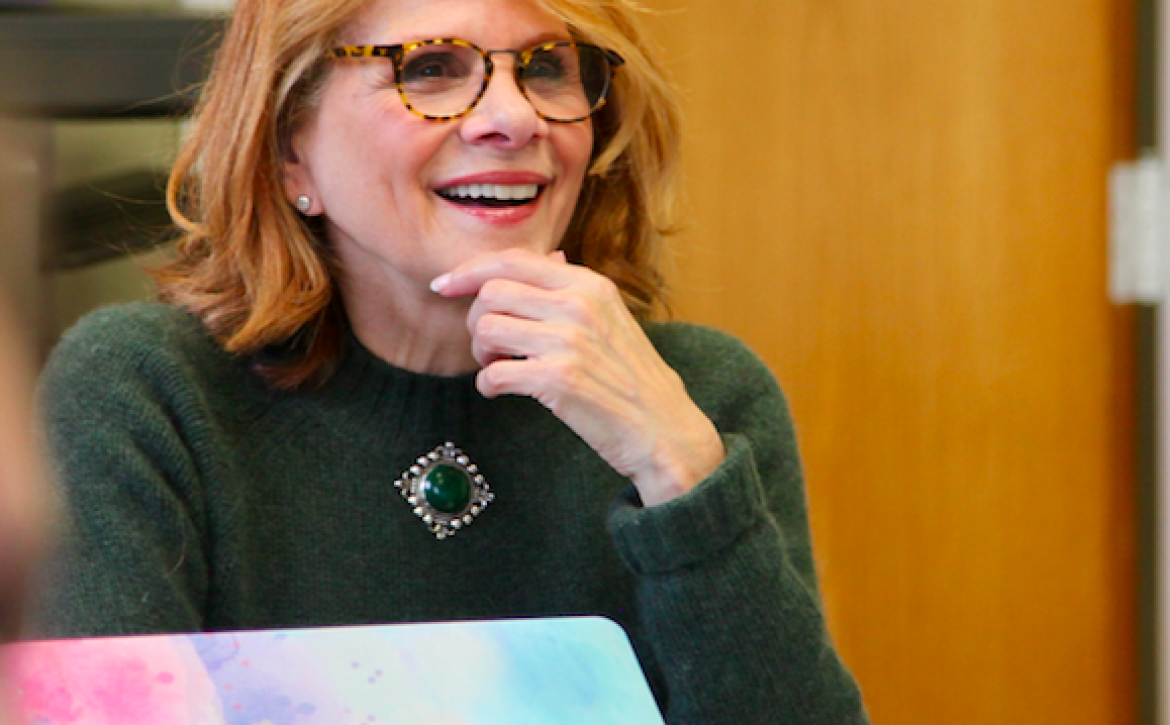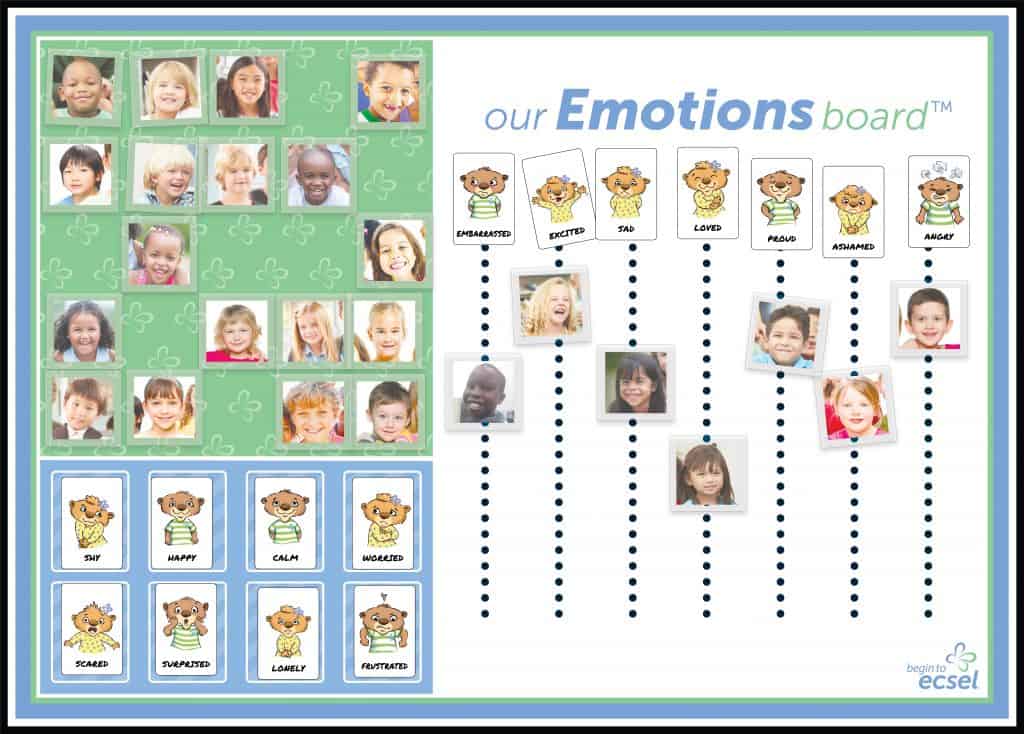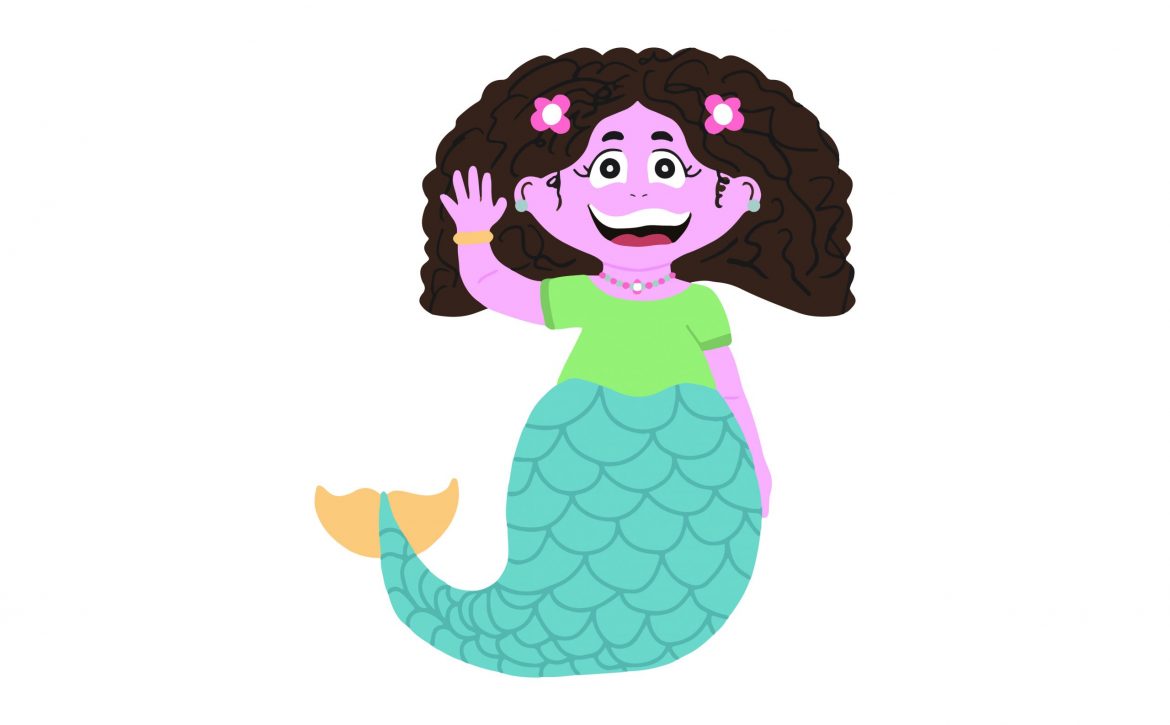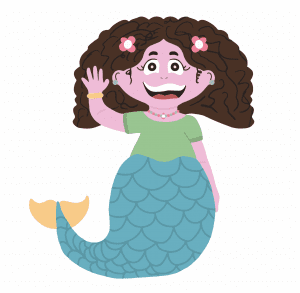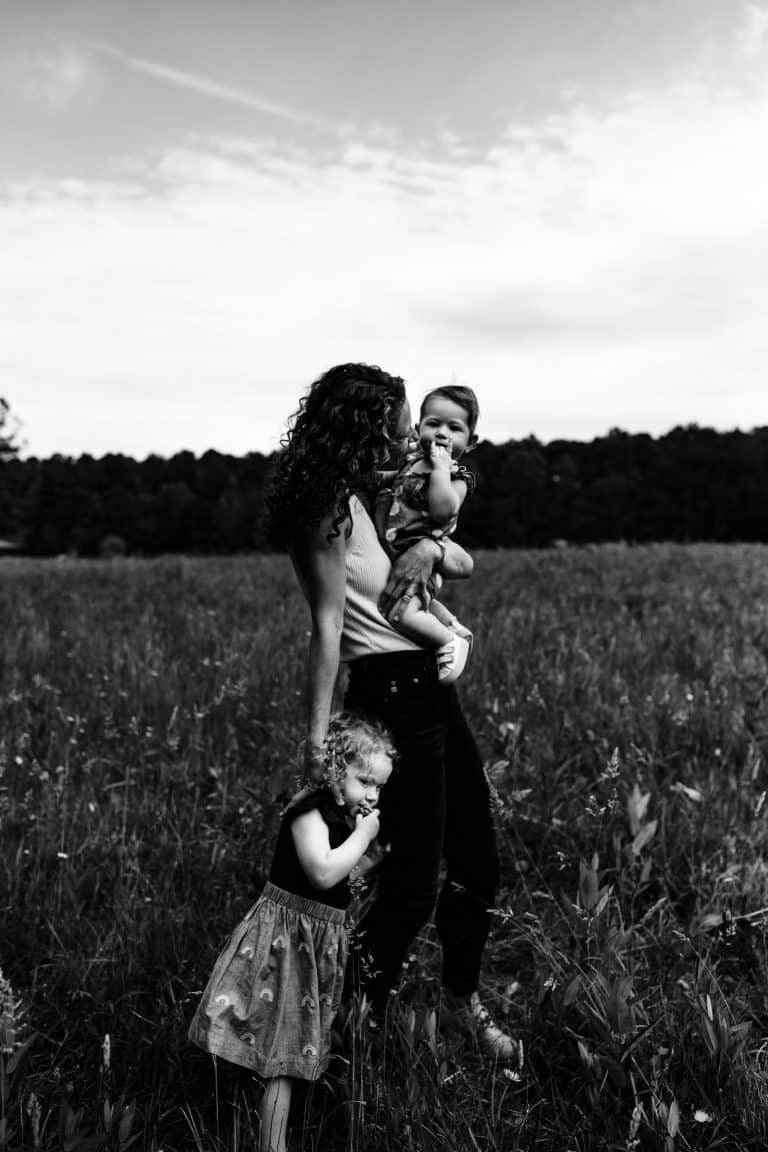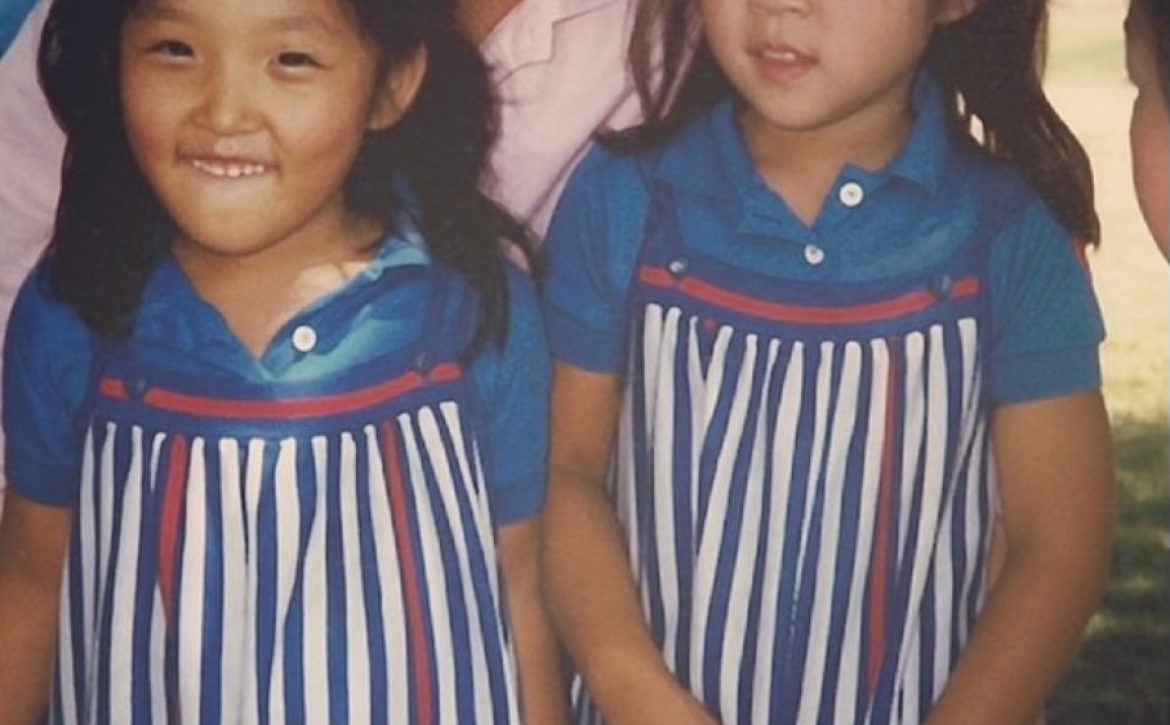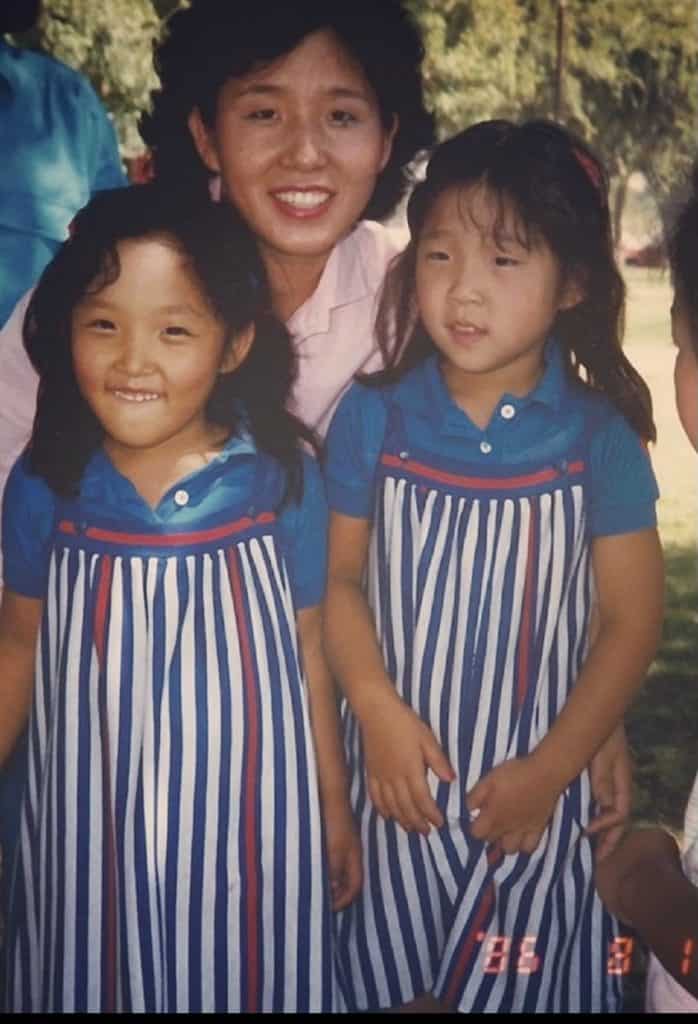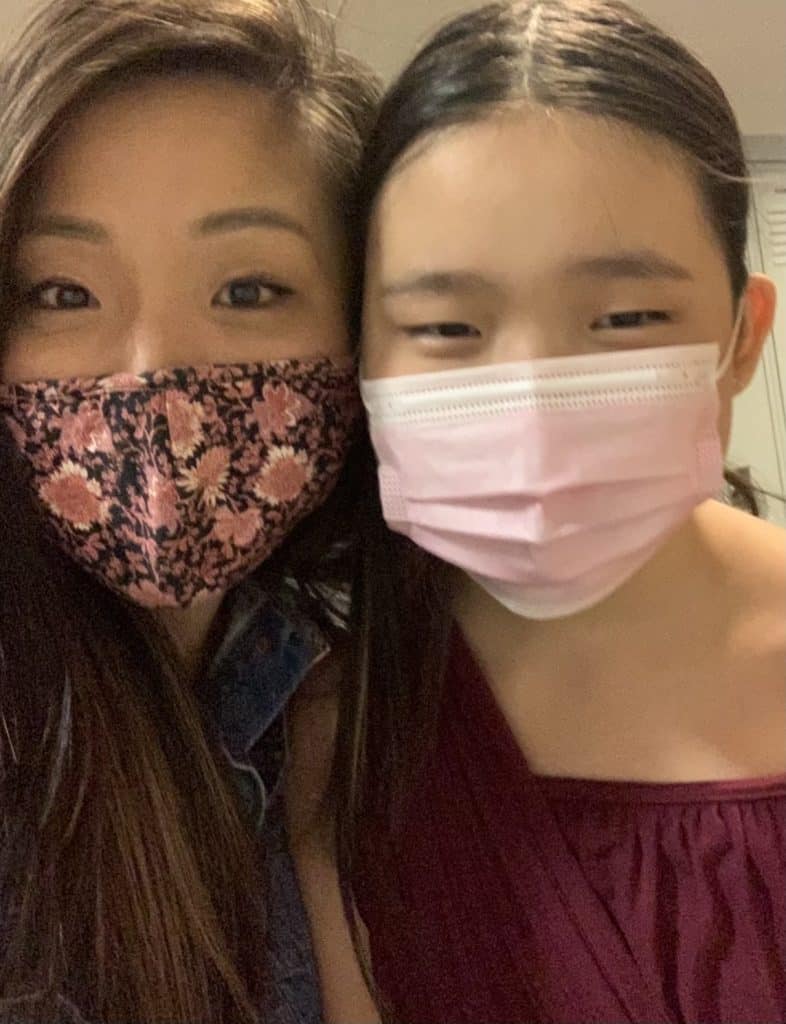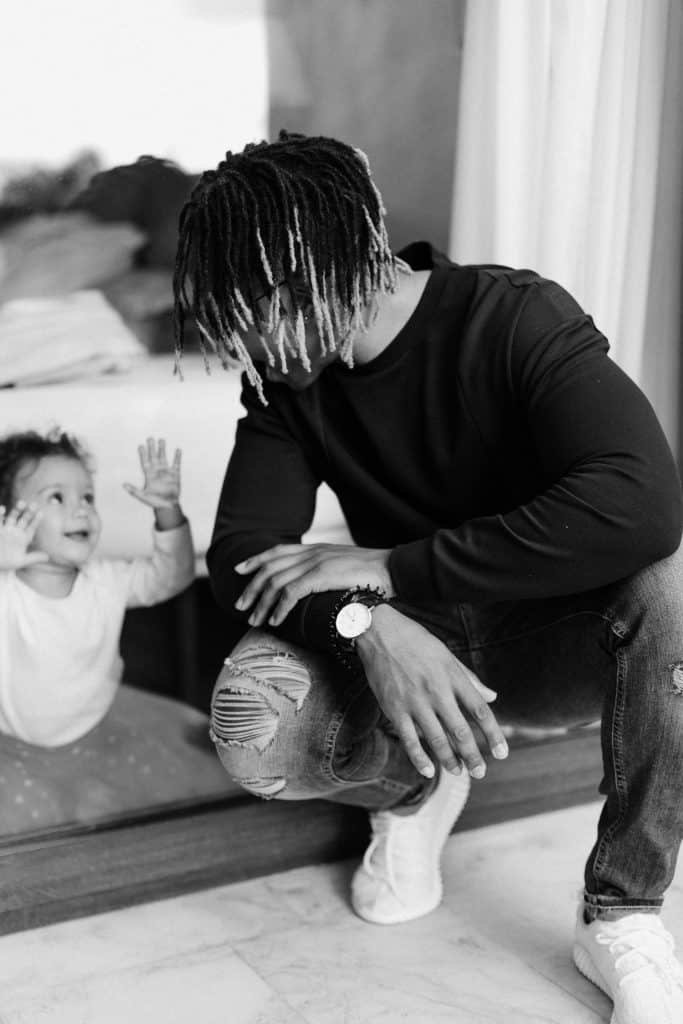Three Little Kids Helping in BIG Ways
Orion Jean’s fifth grade teacher mentioned the National Kindness Speech Contest to him — with just 24 hours to prepare.
The Texas child, just nine years old at the time, won with his speech on making change with kindness — and put his $500 award toward a campaign he called the Race to 500 Toys, donating hundreds of toys to a local children’s hospital. He went on to launch the Race to 100,000 Meals around Thanksgiving 2020, followed by the Race to 500,000 Books, through which he rallied supporters to donate half a million books to kids in need.
“If you just believe and if you continue to try your best — even if you’re only able to help one person, it’s definitely all worth it at the end because that’s what it’s about,” Orion said on the How to Help, an episode of the Little Kids, Big Hearts podcast focused on little kids who are big helpers.
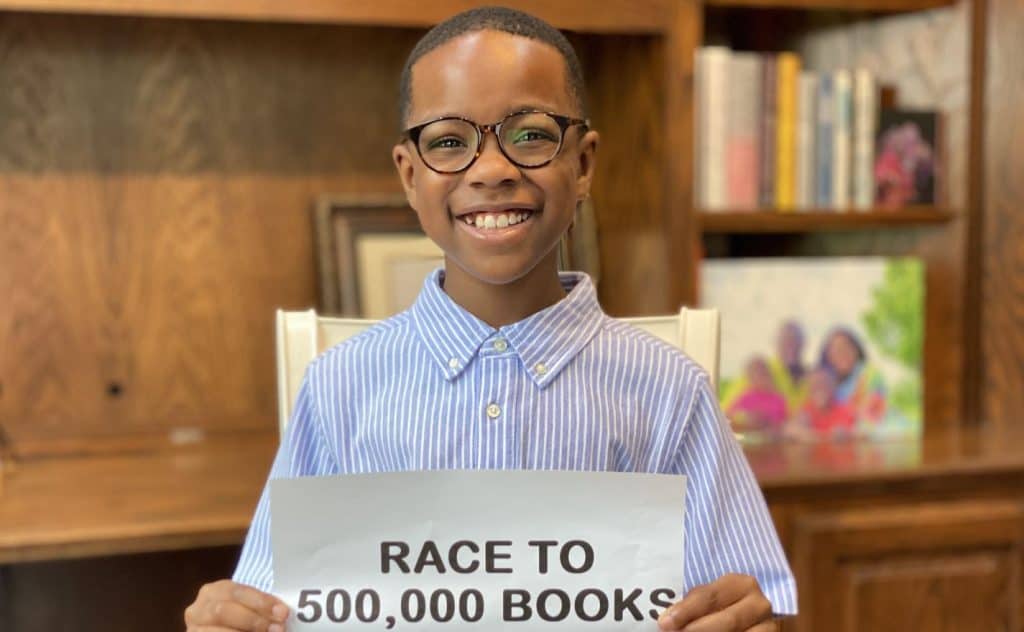
How to Help
All people — kids and grown-ups alike — have opportunities to be helpers every day, and research shows that humans are hardwired to help. Even babies make efforts to help other people, starting as young as 12 months old.
Many people help others in small ways, but a select few people take on big challenges and find big solutions.
On the new episode of the Little Kids, Big Hearts podcast, How to Help, host Todd Loyd talks with three little kids who are helping in big ways — making enormous impacts in their local communities and starting domino effects of giving. The episode’s goal? Helping to inspire kids and families listening to become helpers in their own schools and communities!
Zohaib Begg, 9, Ashburn, VA
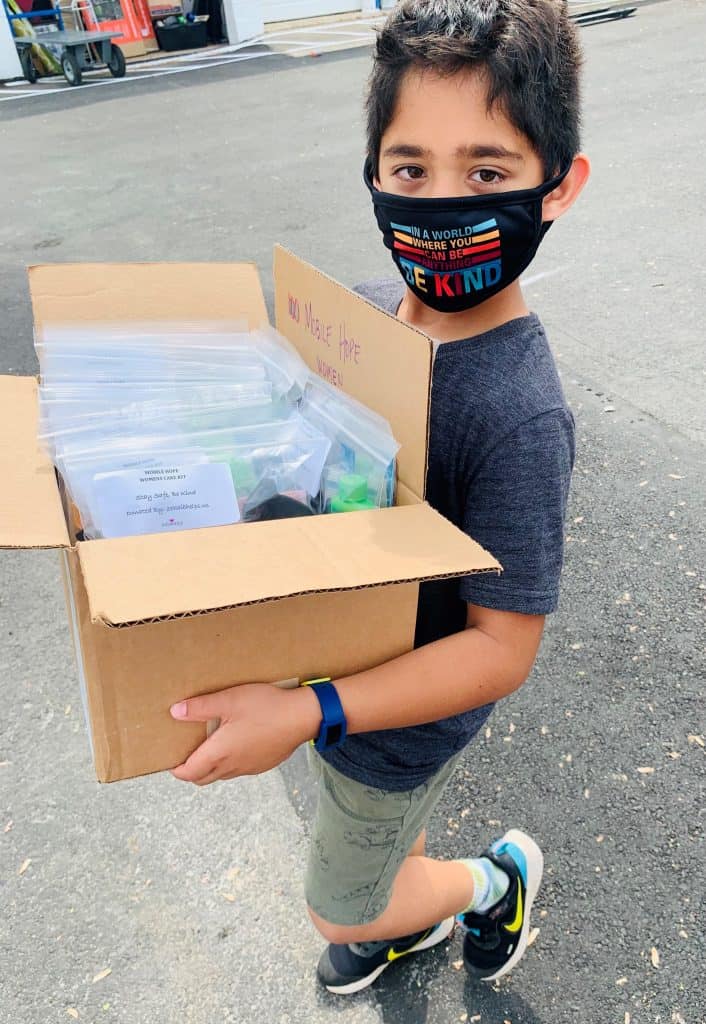
At the start of the COVID-19 pandemic in March 2020, Zohaib’s aunt, an emergency room doctor, told him about the shortage of personal protective equipment and asked his mom if she had extra swim caps she could use for protection.
Zohaib had an idea: He set off to local hotels in Northern Virginia seeking shower caps and other unused items for frontline workers. He ultimately collected more than 6,000 items, including shower caps, gloves, and face masks, to help healthcare workers at the Inova Fairfax Hospital, where he’d received treatment for a serious health condition when he was just three years old.
Last spring, he launched a new campaign to help the homeless community in Washington, D.C.. He gathered donations from friends and businesses that he engaged to work together to create kits that he handed out to homeless people.
Working together with Sharon Wise, who once experienced homelessness and now advocates on behalf of homeless people, he passed out food, toiletry kits, supplies, and comfy Bombas socks to hundreds of people in need.
“I love creating kindness,” Zohaib said on Little Kids, Big Hearts. “I noticed that one person can make a difference … All you have to do is be kind.”
He said to make the world a better place, all you need to do is find one problem and then work to solve it.
“All you have to find is a problem and a solution and no matter how old or young you are, you can always make a difference by just being kind,” he said. “Even if you just help one person that might change their life and make them think better about something and they help another person, they help another and another, and so on.”
Learn more about Zohaib and support his work here.
Katelynn Hardee, 7, Vista, California
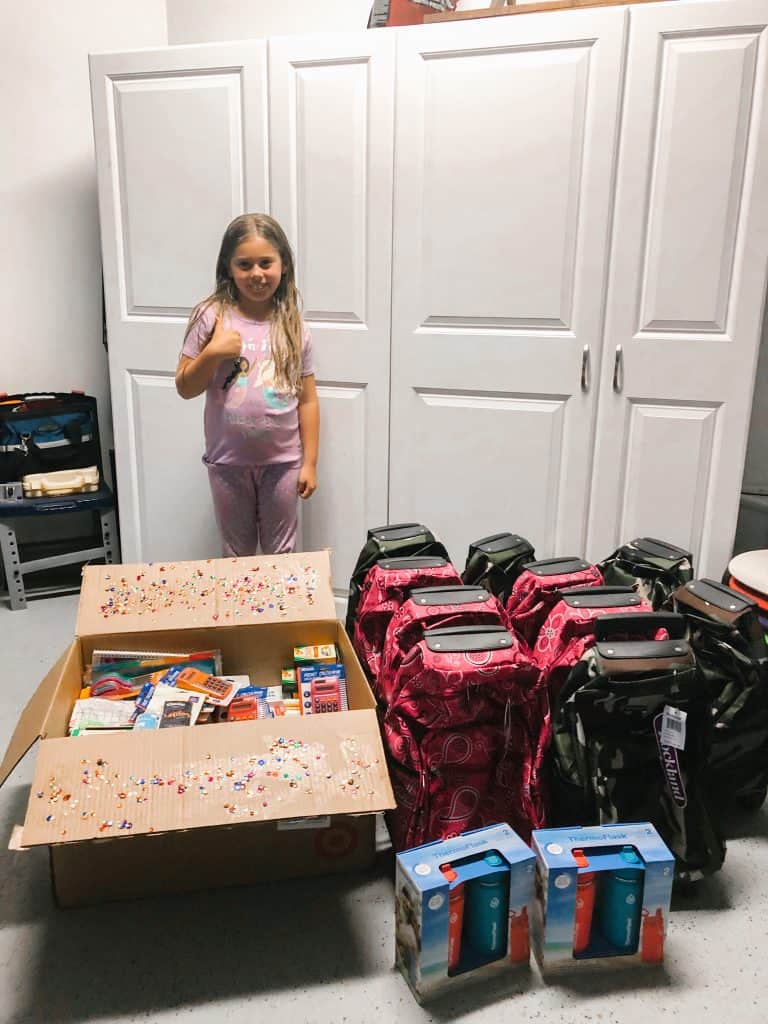
When Katelynn was in kindergarten, she learned that there were kids at her school who couldn’t afford school lunch. She opened a hot cocoa and cookie stand to help out.
She ended up using the money she earned to pay off all the school lunch debt at her school — and then for her entire elementary school district.
This inspired a series of projects to help her community including starting a free library in her front yard and a school supplies drive. Katelynn finds ways to spread kindness in simple ways, too, like by drawing inspiring messages on her sidewalk!
“You do something and then it spreads,” she said. “Once I do something, and then the next person does something, then then the next person and then the next person.”
Learn more about Katelynn’s work here (her organization is called Kiki’s Kindness Project).
Orion Jean, 11, Mansfield, Texas
Orion’s Race to Kindness project started with an online speech contest, which led him to create a kid-led movement — which has rapidly grown to have an enormous positive impact in his Texas community.
“I think that when I reached my first goal and surpassed it by over 100 toys, then I knew that there truly is hope because people — all people — have the ability to be kind,” he said. “Sometimes it just takes one person to bring it out of them.”
The pandemic interfered with a lot of people’s plans, but Orion says the pandemic was a catalyst for his many acts of kindness.
“Without the pandemic, maybe none of this would have even happened,” he said.
Learn more about Orion and get involved at his Race to Kindness website.
Listen to the Podcast for More
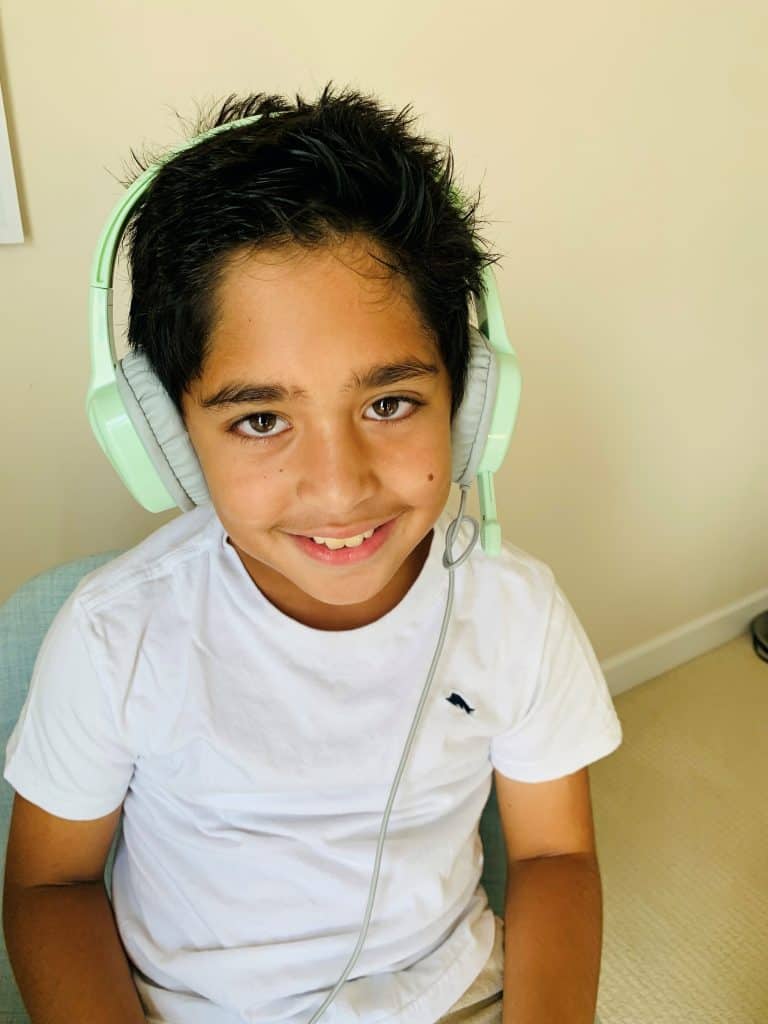
To hear more from Orion, Zohaib, and Katelynn, listen to Little Kids, Big Hearts episode How to Help wherever you find your podcasts!
As you listen, consider:
- Do their stories and ideas inspire you to help others?
- What are some ways you and your family can get involved and help in your local community?

